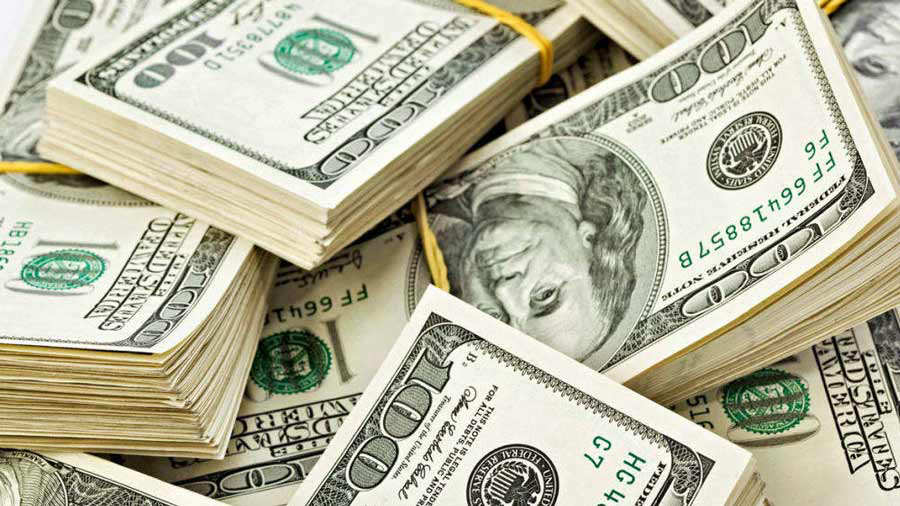
On January 1, 2001, the dollar became official as the local currency. Twenty years later, it continues to bring benefits to the national economy.
On January 1, 2001, dollarization officially began in El Salvador. After intense political debate about its pros and cons in the Salvadoran economy, trade began circulating the first green bills on the official exchange of one dollar for 8.75 colón.
Although the country initially had a “bimonetarismo” in the early months, preference for the US currency quickly spread and the demand for the colones was gradually removed.
Twenty years later, the dollar has become the main exchange currency in the country, and although the FMLN government intended to ban it, its benefits outweighed the desire for the local currency.
It May Interest You: Bitcoin exceeds $ 30,000 for the first time in its history
These are some of the main advantages dollarization had, according to Manuel Enrique Hinds, who is known as the father of dollarization because he was the one who promoted this economic change.
1. Low inflation. With the advent of the dollar, inflation in El Salvador is now one of the lowest in Latin America. This means that the variation in consumer prices remains stable. In countries like Venezuela, with its own currency, inflation has risen to 300% due to the devaluation of its currency. In El Salvador, the most recent data from the Central Reserve Bank shows that inflation has remained below 1%. In November inflation was negative: -0.2%.
When dollarization was implemented, traders rounded up when converting prices from colones to dollars. But with everything and rounding off, which was a temporary phenomenon, inflation was only 3.8% that year.
2. Lower interest rates. Loan rates are lower in dollarized countries and do not increase when the dollar is devalued. Before dollarization, the interest on loans such as mortgages fluctuated between 15, 20 and even 30%. With the advent of the dollar, these have fallen to the dollar level and home loans have fallen to 9% and 7%. In addition, dollar interest rates are more stable.
3. Stable long-term loans. Dollarization allowed banks to provide long-term loans in the currency in which wages and prices are denominated. Before dollarization, there were medium and long-term credits, but, as in other countries, these were denominated in dollars, posing a very serious exchange rate risk. If the colon was devalued, the colons amount of the dollar loans would increase proportionally, causing serious losses to the borrowers and the banks themselves. Dollarization allows borrowers to take out long-term loans without exposing themselves to this risk.
Also read: Tourism will get $ 1 billion less in 2020
4. Market segmentation has disappeared. Before dollarization, small businesses and the middle class had to borrow in colones, while those with dollar collateral could borrow in these currencies at a lower cost. Dollarization helped reduce competition between companies of different sizes.
5. Politicians cannot use the currency when it suits them. Dollarization robbed politicians of the power to inflate the economy by printing money, institutionalizing low inflation, and giving investors confidence that their profits and capital would not be devalued.
6. It has promoted exports. There is a perception that dollarized countries have problems growing their exports because they cannot devalue their currencies. In reality, dollarization has encouraged exports because it lowers interest and costs of capital. This, plus the assurance that there will be no populist manipulations of the currency, has bolstered the attractiveness of investing in the country.
El Salvador has not been devalued since 1992, but exports have grown more than that of most of Latin America since that date.
7. Respond better to crises. Countries with dollars would be at a disadvantage because their central bank cannot issue currency to deal with a crisis. The truth is, countries without a dollar also cannot issue currency without losing dollar reserves. In crisis situations, everyone needs dollars, in dollars and not in dollars, so the latter are not at a disadvantage. On the contrary, dollarization reduces the risk of capital flight by removing fears of devaluation, further eroding reserves